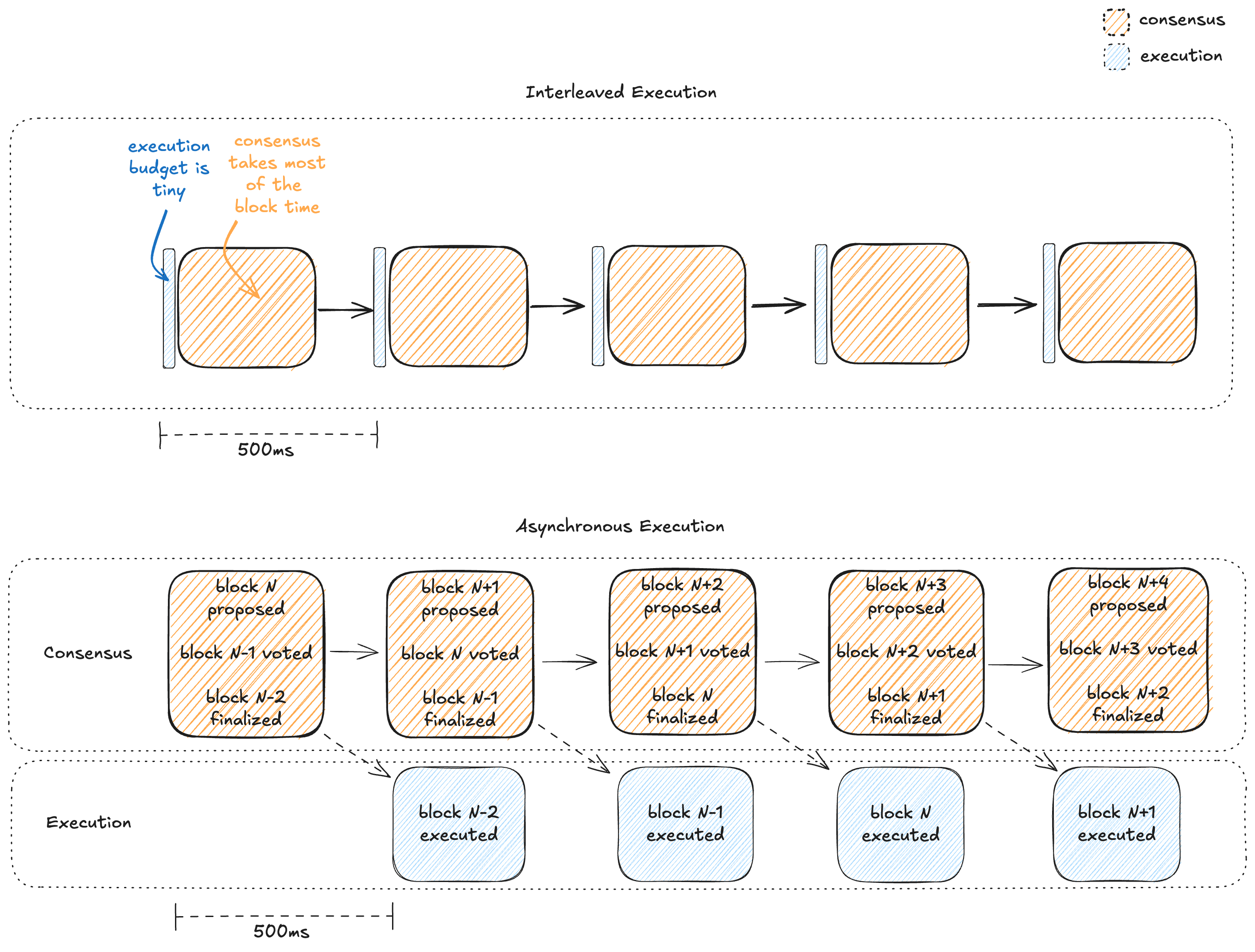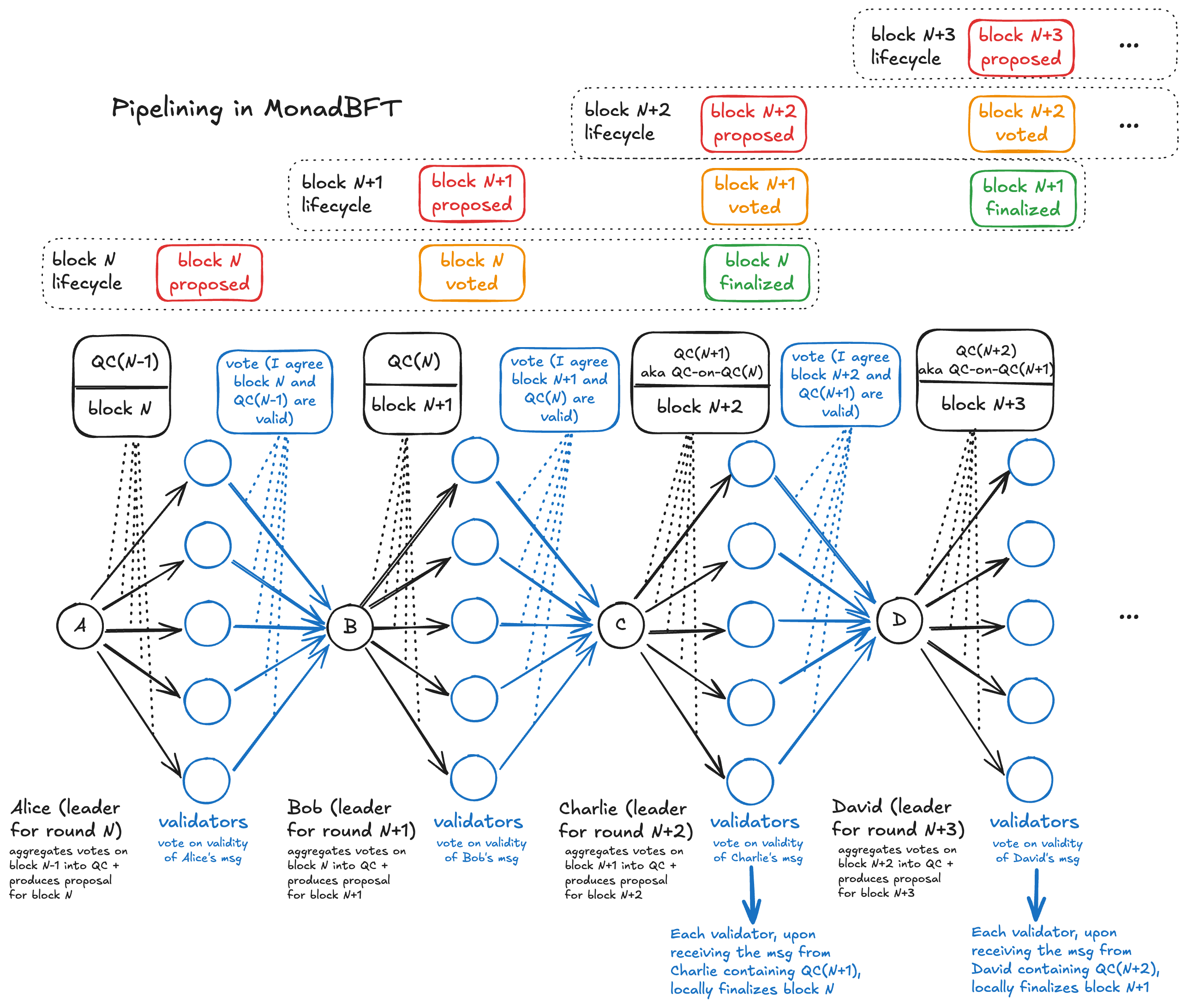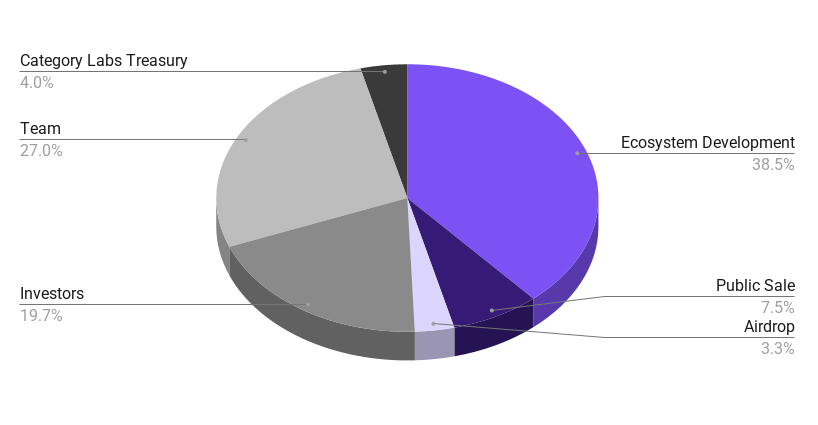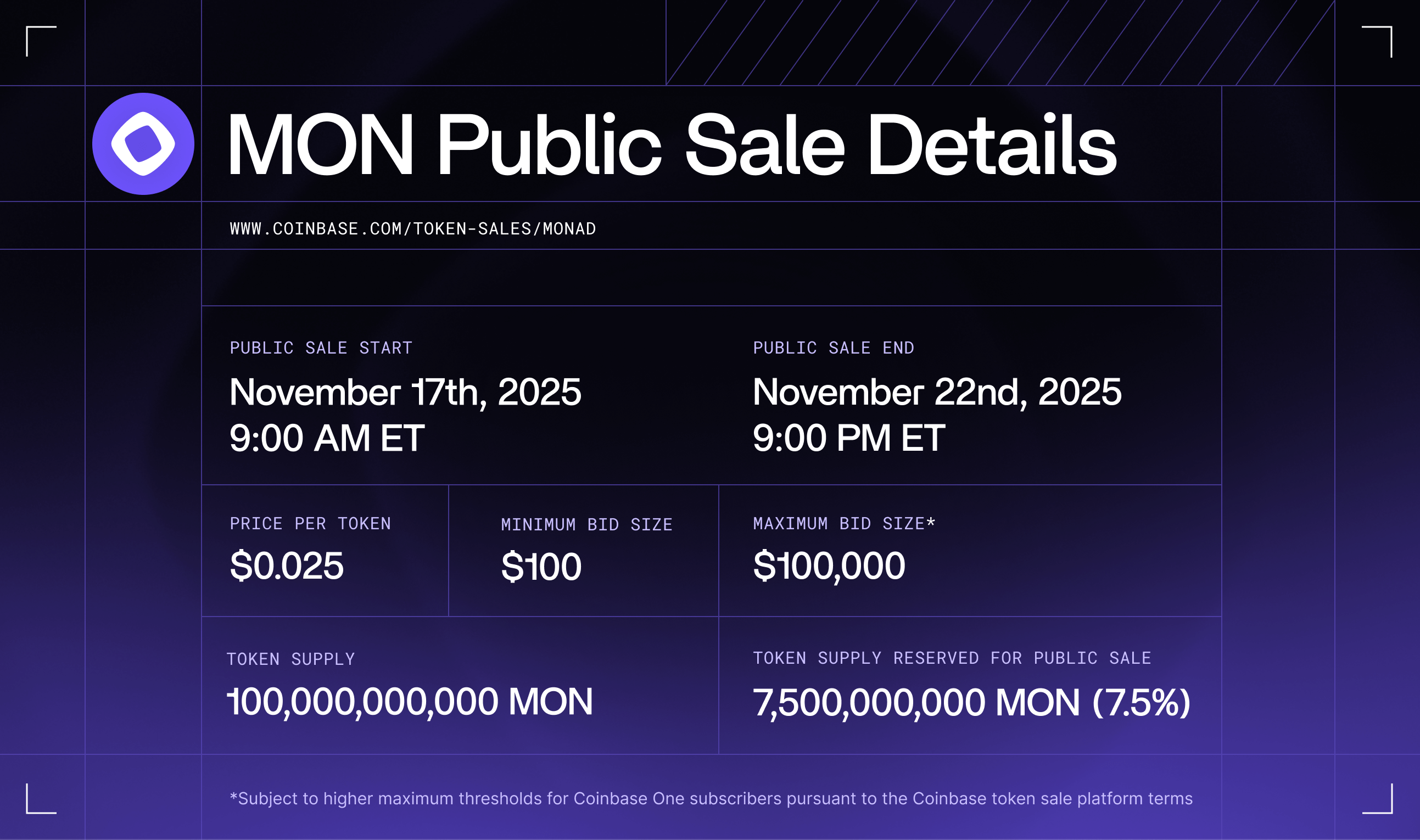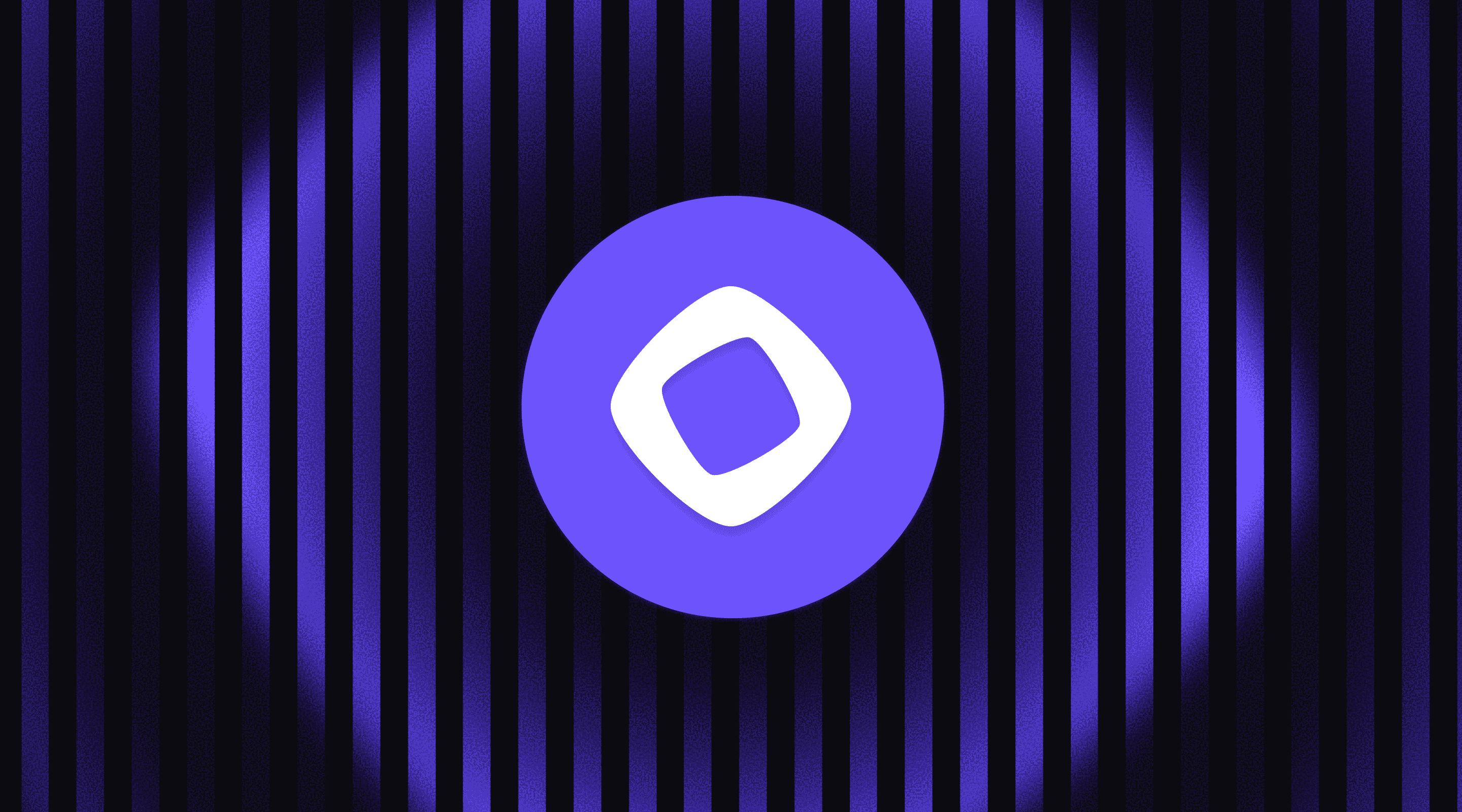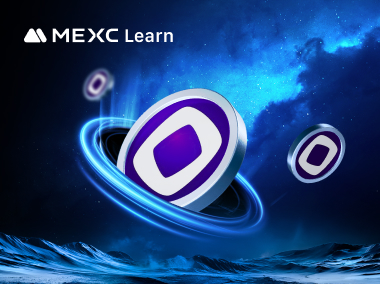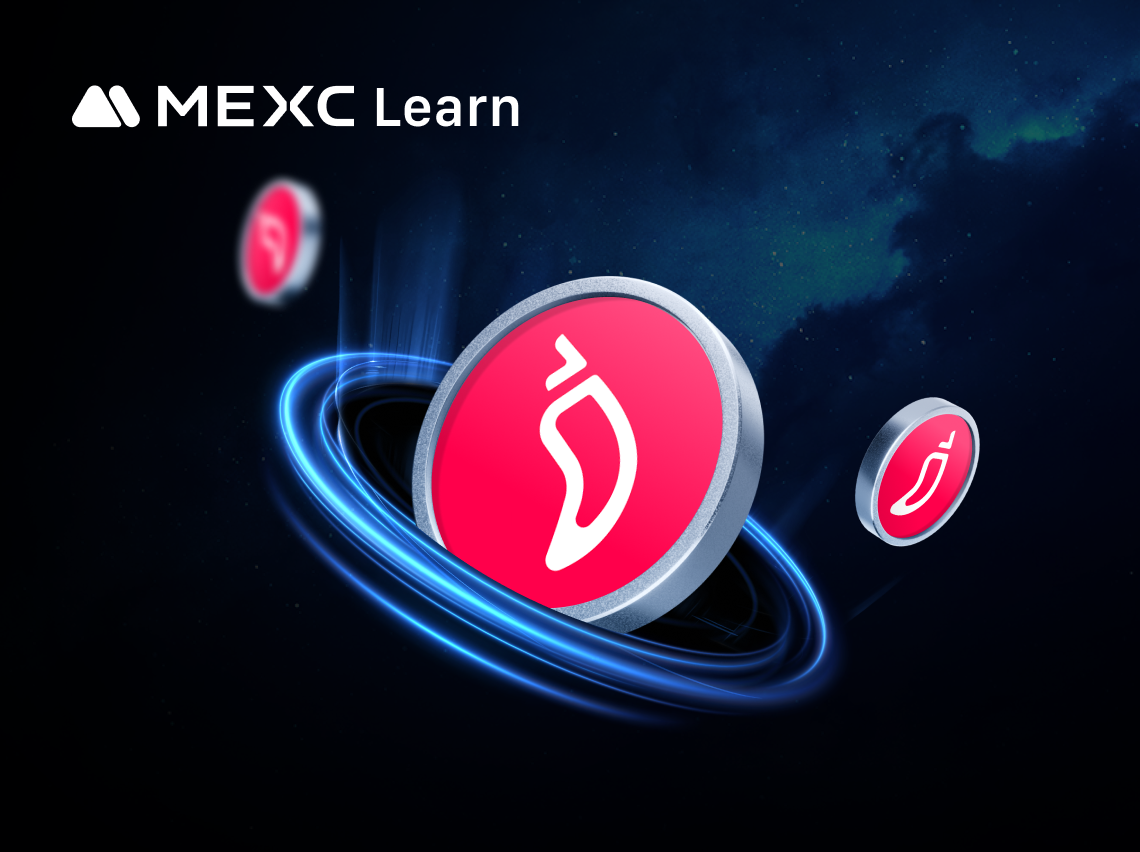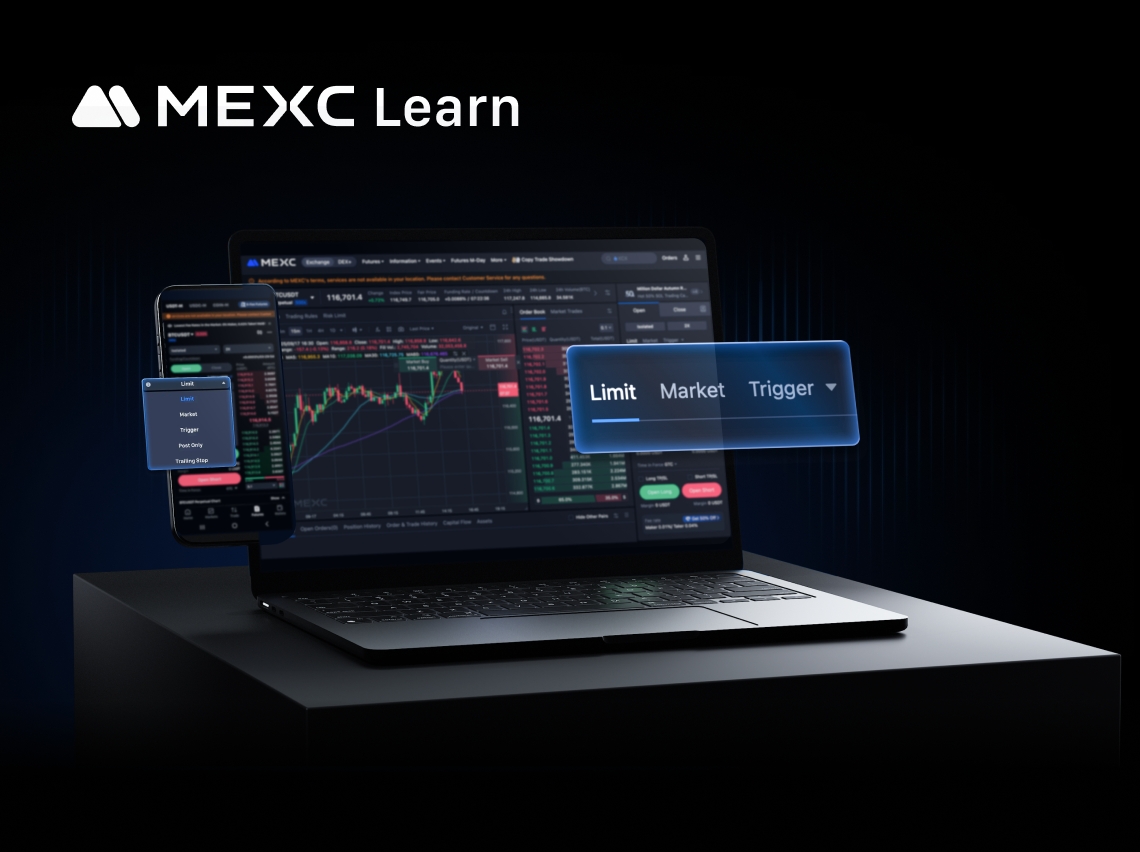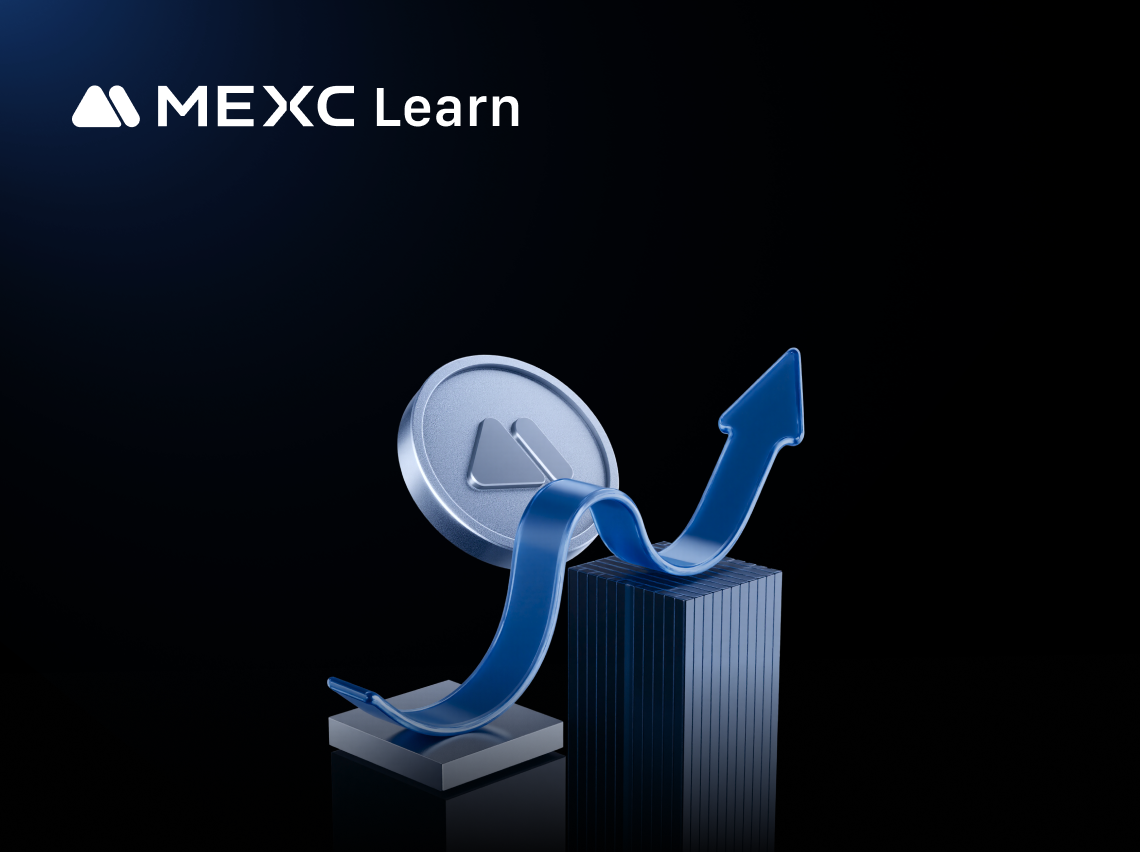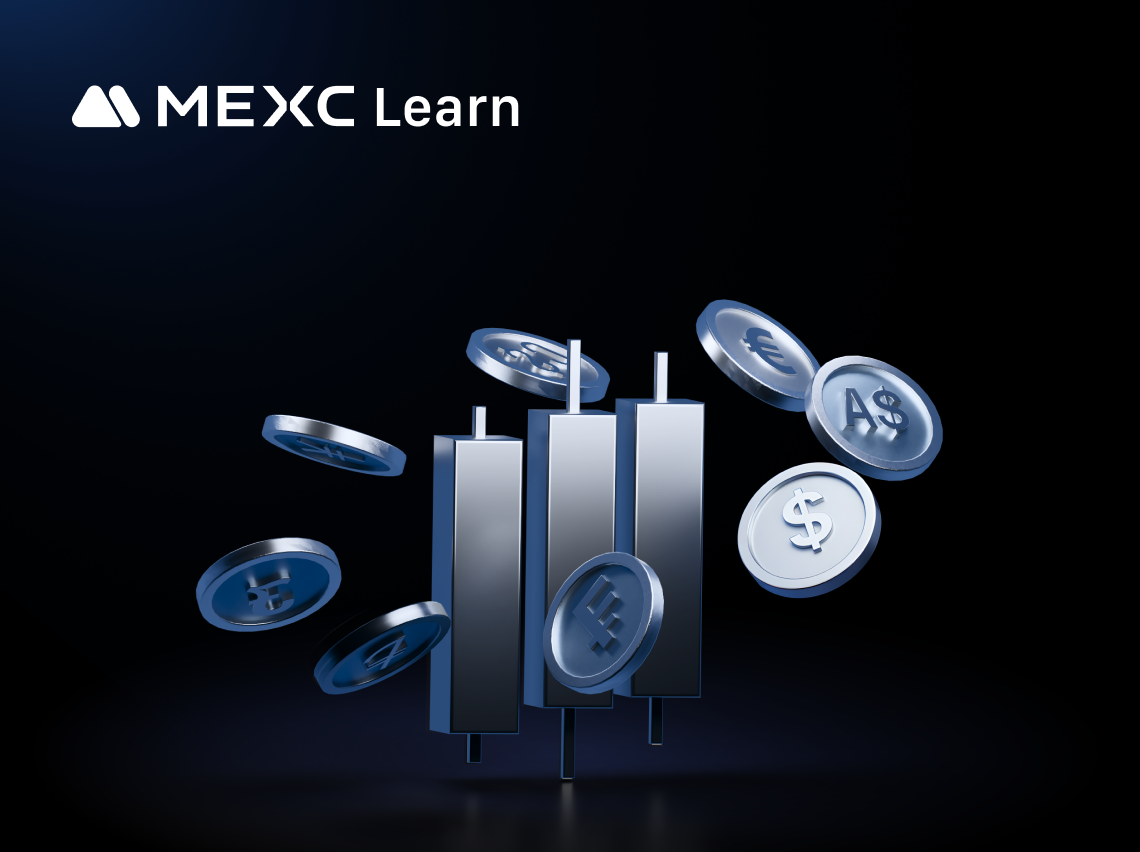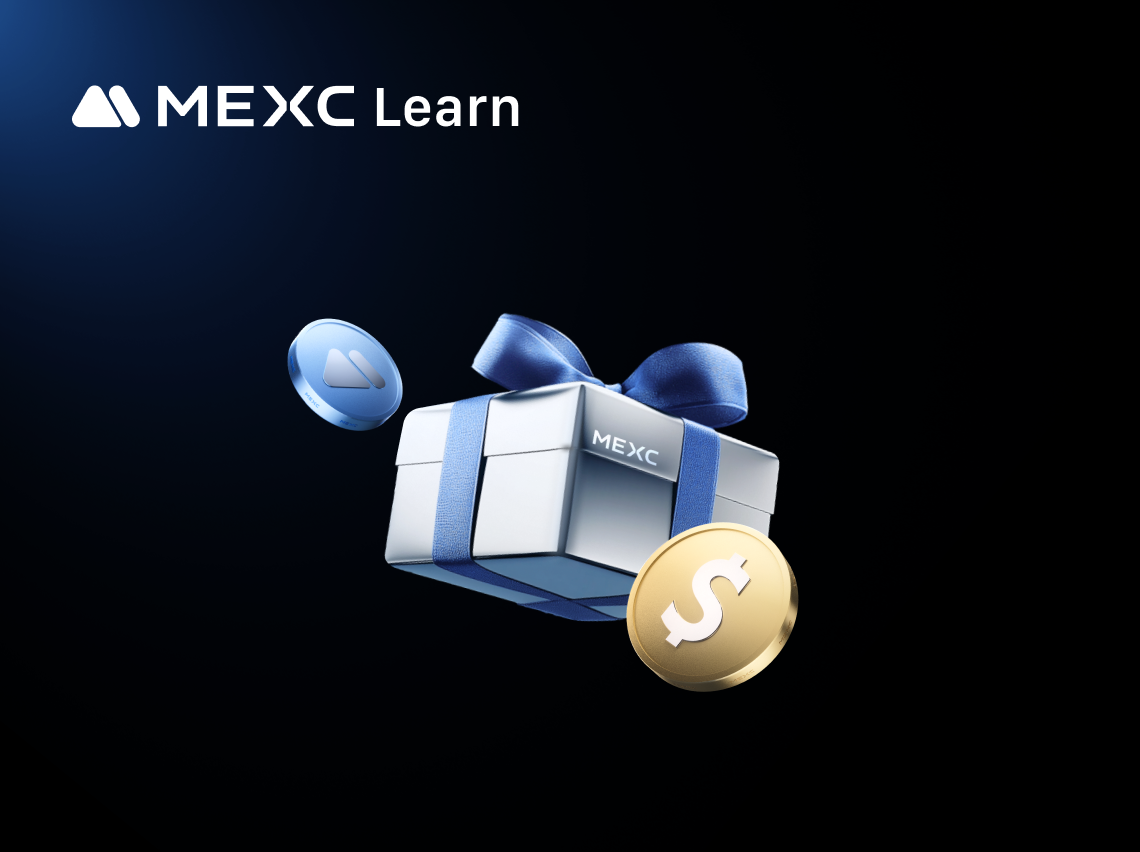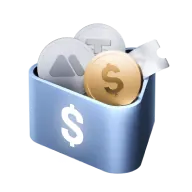Monad represents a breakthrough in blockchain technology, delivering 10,000 transactions per second while maintaining full Ethereum compatibility and true decentralization. This comprehensive guide explores Monad's innovative architecture, the MON token's role in the ecosystem, and how this Layer 1 blockchain solves critical performance bottlenecks. Whether you're a developer seeking scalable infrastructure or an investor evaluating opportunities, you'll discover why Monad is positioned to power the next generation of decentralized applications.
Key Takeaways:
Monad delivers 10,000 TPS with 800ms finality while maintaining full Ethereum EVM compatibility and true decentralization
MON token has 100 billion fixed supply with 49.4% unlocked at launch, distributed across ecosystem development, team, investors, and public sale
Revolutionary architecture includes MonadBFT consensus, parallel execution, MonadDb database, and asynchronous processing for breakthrough performance
Public mainnet launches November 24, 2025, with MON tokens available for trading on MEXC exchange
Real-world applications span DeFi, stablecoin payments via Portal integration, blockchain gaming, and enterprise solutions requiring high throughput
Monad is a high-performance Layer 1 blockchain engineered to eliminate the tradeoff between decentralization and performance. Built with full EVM bytecode compatibility, Monad achieves 10,000+ transactions per second through revolutionary optimizations including parallel execution, asynchronous processing, and a custom state database. The network maintains 400ms block times with 800ms finality while supporting a globally distributed validator set with minimal hardware requirements. MON serves as the native token powering this ecosystem, used for transaction fees, network security through staking, and protocol governance.
Aspect | Monad | MON |
Nature | Layer 1 blockchain protocol | Native cryptocurrency token |
Function | Complete infrastructure for decentralized applications | Medium of exchange, staking asset, governance tool |
Comparison | Similar to Ethereum (the platform) | Similar to ETH (the token) |
Technical Role | Executes smart contracts, processes transactions, maintains state | Pays gas fees, secures network, aligns stakeholders |
Supply | N/A - protocol infrastructure | 100 billion fixed initial supply |
Usage | Developers build on it | Users transact with it |
Ethereum processes approximately 15 transactions per second, creating significant bottlenecks for mainstream adoption. This limitation stems from inefficient storage access patterns, single-threaded execution, and constrained execution budgets within the consensus process. Monad addresses these through parallel execution and pipelined architecture, achieving 10,000+ TPS without compromising decentralization.
Traditional blockchains sacrifice either security, scalability, or decentralization to optimize the others. Monad solves this trilemma through innovative software algorithms rather than hardware requirements or geographic centralization, enabling 200 globally distributed validators to process transactions at unprecedented speeds while maintaining Byzantine fault tolerance.
Non-EVM blockchains force developers to learn new languages and rebuild applications from scratch. Monad maintains full EVM bytecode compatibility, allowing Ethereum applications to deploy without code changes while accessing Monad's performance benefits. This preserves the valuable Ethereum developer ecosystem and tooling infrastructure.
Ethereum's state growth creates escalating costs for node operators and slower state access. MonadDb, Monad's custom database, stores Merkle Patricia Trie data natively with asynchronous I/O, reducing lookup latency and enabling efficient parallel state access that scales with transaction throughput.
Monad was founded by Keone Hon and a team of former Jump Trading engineers who specialized in high-performance systems. The project emerged from a vision to enable mainstream blockchain adoption by eliminating the perceived tradeoff between decentralization and performance. After raising over $225 million from leading investors including Paradigm, Dragonfly, and Electric Capital, the team built a completely new blockchain client in C++ and Rust. In December 2024, the Monad Foundation was established as an independent organization to steward protocol governance and ecosystem development, while Category Labs (formerly Monad Labs) continues core technical research and implementation. The network's public testnet processed over 2 billion transactions from 300 million addresses, demonstrating production-ready performance before the November 24, 2025 mainnet launch.
MonadBFT represents the first Byzantine Fault Tolerant consensus mechanism to solve the tail-forking problem in pipelined HotStuff-style consensus. It achieves linear communication complexity, allowing scalability to far more validators than quadratic-complexity algorithms. The consensus delivers 400ms block times with 800ms finality through a two-phase voting process where validators attest to block validity and leaders aggregate signatures into Quorum Certificates.
Monad executes transactions optimistically in parallel, generating pending results that are committed serially to ensure correctness. When a transaction's inputs are invalidated by earlier transactions, re-execution occurs efficiently using cached storage slots. This approach surfaces storage dependencies in parallel and utilizes full SSD throughput, dramatically increasing execution capacity compared to single-threaded processing.
Unlike blockchains where execution blocks consensus, Monad pipelines these processes into separate swim lanes. Consensus proceeds on transaction ordering while execution processes finalized blocks in parallel. This architectural separation expands the execution time budget from a fraction of block time to the full block duration, enabling substantially higher gas throughput.
MonadDb stores Merkle Patricia Trie data natively rather than embedding it in generic databases like LevelDB. This eliminates indirection, reduces I/O operations per lookup, and implements io_uring for asynchronous operations. The database versions each trie node, enabling efficient state synchronization and faster merkle root computation after block execution.
RaptorCast addresses the bandwidth challenge of broadcasting large blocks to hundreds of validators. Using erasure coding with Raptor codes, blocks are split into chunks distributed through a two-level broadcast tree. Each validator receives and rebroadcasts chunks pro-rata to their stake weight, limiting leader upload bandwidth while ensuring block reconstruction despite up to 33% Byzantine failures.
Monad implements the Ethereum Virtual Machine specification as of the Pectra fork, supporting all opcodes and precompiles including EIP-7702. Contract size limits expand to 128 KB from Ethereum's 24.5 KB. Developers deploy existing Solidity bytecode without modifications, while users interact through familiar wallets like MetaMask and Phantom.
Validator nodes require only 32GB RAM, dual 2TB SSDs, a 16-core CPU, and 100 Mbps bandwidth—assemblable for approximately $1,500. This accessibility supports true decentralization by enabling broader validator participation compared to blockchains requiring enterprise-grade hardware or datacenter colocation.
Monad's 10,000 TPS throughput and 800ms finality enable sophisticated trading strategies previously impossible onchain. Automated market makers can rebalance positions rapidly, lending protocols can process liquidations efficiently, and decentralized exchanges can support order book models with competitive performance against centralized alternatives.
Through the Portal acquisition, Monad integrates comprehensive stablecoin infrastructure supporting millions in daily settlement volume. The platform's low transaction costs and high throughput make it ideal for remittances, merchant payments, and cross-border transfers, addressing global financial inclusion by providing banking services to underbanked populations.
Blockchain games requiring frequent state updates benefit from Monad's performance characteristics. The network supports interactive gaming experiences with rapid transaction confirmation, enabling game mechanics like real-time player actions, dynamic NFT interactions, and high-frequency in-game economies without compromising user experience.
Financial institutions leveraging blockchain technology gain production-ready infrastructure through Monad's throughput and Ethereum compatibility. Use cases include supply chain tracking with frequent status updates, tokenized securities requiring regulatory compliance, and institutional DeFi protocols demanding both performance and transparency.
MON has a fixed initial supply of 100 billion tokens distributed across six allocation categories. At mainnet launch, approximately 10.8% will be in public circulation (public sale + airdrop), while 38.5% is allocated to Ecosystem Development (unlocked but stewarded by Monad Foundation). The remaining 50.6% is locked and subject to vesting schedules.
Token Allocation:
38.5% (38.54B MON) - Ecosystem Development: Unlocked tokens stewarded by Monad Foundation for grants, incentives, and validator delegation. Approximately 15-25B MON will be delegated to validators in the first year through the Validator Delegation Program.
27.0% (26.99B MON) - Team: Allocated to Monad Foundation and Category Labs employees, founders, and contractors. All team tokens are locked for one year post-launch, then vest over three years with individual schedules tied to involvement dates.
19.7% (19.68B MON) - Investors: Distributed to participants in Category Labs' funding rounds. Subject to four-year lockup with one-year cliff and equal monthly unlocks (1/48) thereafter.
7.5% (7.50B MON) - Public Sale: Up to 7.5 billion MON tokens were offered to the public at $0.025 per token prior to mainnet launch. Fully unlocked at mainnet launch. Any unsold tokens were reallocated to Ecosystem Development.
4.0% (3.95B MON) - Category Labs Treasury: Reserved for future employee compensation. Four-year lockup with one-year cliff and equal monthly unlocks (1/48) thereafter.
3.3% (3.33B MON) - Airdrop: Distributed to Monad community members and broader crypto community. Fully unlocked at mainnet launch.
Inflation and Deflation:
MON supply changes through two mechanisms. Block rewards mint 25 MON per block (approximately 1.58 billion MON annually, or 1.58% of initial supply), distributed to stakers and validators securing the network. Transaction base fees are burned following EIP-1559 model, creating deflationary pressure proportional to network usage.
MON serves as the native gas token for all Monad network transactions. Users pay gas fees in MON following an EIP-1559 compatible model with base fees (burned) and priority fees (paid to validators). Transactions are charged based on gas limit rather than usage as a DOS prevention mechanism, ensuring predictable costs for transaction submission.
Validators must stake MON to participate in consensus, with the top 200 stakers by weight joining the active validator set. Each successfully produced block generates 25 MON reward split between the block producer and their delegated stakers. Locked tokens cannot be staked initially, ensuring staking rewards contribute to public circulation and prevent early concentration.
MON enables validator-led governance where token holders influence protocol development through community improvement proposals. The Monad Foundation facilitates this governance structure while the network transitions toward progressive decentralization, with decision-making power shifting from core teams to community stakeholders over time.
MON aligns incentives across validators, developers, and users around protocol growth. Validator rewards incentivize network security, ecosystem development funds support application builders, and token holder governance ensures long-term stakeholder alignment. This economic model creates sustainable value distribution across all ecosystem participants.
Monad's roadmap centers on three strategic pillars: enabling exceptional developer experiences, achieving global reach and impact, and maintaining technological leadership. The Monad Foundation will facilitate ecosystem growth through grants, hackathons, and the Monad Momentum incentive program while expanding stablecoin infrastructure via Portal integration. Category Labs continues advancing core protocol technology with potential validator set expansion beyond 200 nodes and continued performance optimizations. The network targets mainstream adoption serving billions of users through applications in payments, DeFi, gaming, and enterprise solutions. Long-term success depends on balancing performance improvements with decentralization, ensuring censorship resistance and credible neutrality as the protocol scales.
Monad competes in the high-performance Layer 1 space with distinct positioning. Against Ethereum, Monad offers 10,000 TPS versus 15 TPS and 800ms finality versus 12-15 minutes while maintaining full EVM compatibility, though Ethereum retains a more mature ecosystem. Compared to Solana, Monad provides easier migration for Ethereum developers through EVM compatibility and emphasizes geographic validator distribution, while Solana achieves higher theoretical throughput with custom runtime architecture. Versus Avalanche, Monad delivers superior base-layer performance through parallel execution rather than subnet architecture. Monad's core advantage lies in solving the trilemma through software innovation rather than hardware requirements or validator centralization, making it optimal for Ethereum developers requiring performance without ecosystem fragmentation.
MEXC provides comprehensive access to MON token trading following the November 24, 2025 mainnet launch. As a leading cryptocurrency exchange serving millions of users globally, MEXC offers the MON/USDT trading pair with high liquidity, competitive fees, and robust security infrastructure. The platform supports both spot trading for long-term holders and futures contracts for advanced traders seeking leverage opportunities. MEXC's user-friendly interface accommodates both beginners and experienced traders, with 24/7 customer support available to assist with any trading questions or technical issues.
Step 1: Visit the MEXC website and complete account registration with email verification. Step 2: Complete KYC (Know Your Customer) verification to enable full trading functionality.
Step 3: Deposit USDT or other supported cryptocurrencies into your MEXC wallet.
Step 4: Navigate to the spot trading section and search for "MON" to locate the MON/USDT trading pair.
Step 5: Choose between market order (instant execution at current price) or limit order (set your desired price).
Step 6: Enter the amount of MON you wish to purchase and review the total cost including fees.
Step 7: Confirm the transaction and monitor your order status until execution completes.
Step 8: Access your purchased MON tokens in your MEXC spot wallet, ready for trading or withdrawal.
Monad represents a fundamental advancement in blockchain technology, delivering 10,000 TPS throughput and 800ms finality while preserving full Ethereum compatibility and true decentralization. Through innovations including MonadBFT consensus, parallel execution, and MonadDb state management, Monad eliminates the traditional tradeoff between performance and decentralization. The MON token powers this ecosystem through gas fees, network security via staking, and governance participation. With mainnet launch on November 24, 2025, and comprehensive stablecoin infrastructure through Portal integration, Monad is positioned to enable mainstream applications serving billions of users. For developers seeking scalable infrastructure and investors evaluating next-generation protocols, Monad offers compelling technological advantages backed by strong ecosystem support.


